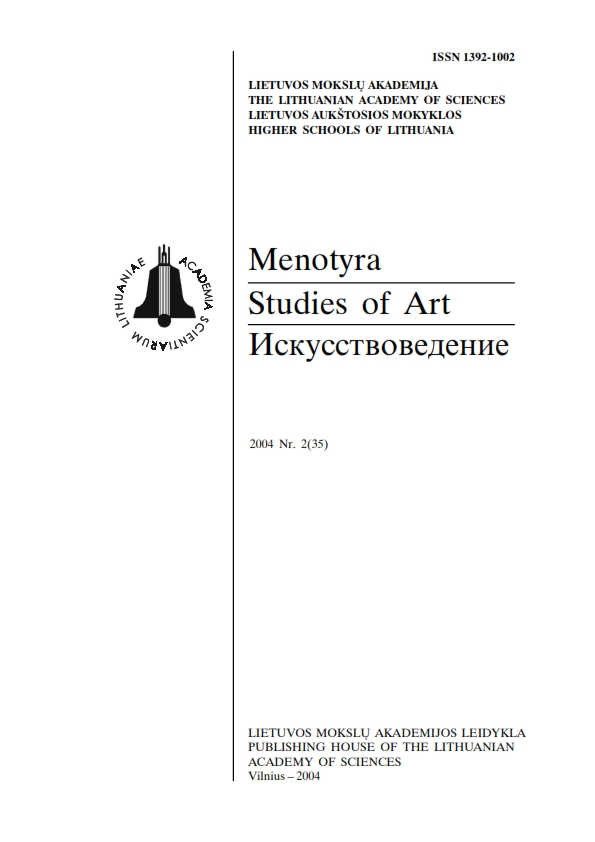Švč. Mergelės Marijos paveikslo iš Vilniaus Šv. Mykolo bažnyčios votai ir karūnos
Vota and crowns on the painting of Blessed Virgin Mary from the church of St. Michael in Vilnius
Author(s): Rūta JanonienėSubject(s): Cultural history, Visual Arts, Sociology of Culture, 17th Century, 18th Century, Sociology of Art
Published by: Lietuvos mokslų akademijos leidykla
Summary/Abstract: This article discusses the missing vota and crowns that adorned the painting of Blessed Virgin Mary and Child in the church of St. Michael (it is now in Vilnius Cathedral). In the beginning of the 16th century, this painting by an unknown artist was kept in the Church of St. Francis and St. Bernardine (Bernardines) in Vilnius where it became known for its miraculous qualities. At the end of the 16th century it was transferred to the Church of Michael the Archangel of the Bernardine monastery, the construction of which was financed by Leonas Sapiega (Lew Sapieha). After 1662 the image was repainted. In the second half of the 17th century the fame of its magic virtues spread rapidly all over Lithuania, and in 1670 the painting was announced miraculous. In 1733, Fridrikas Sapiega (Frydrich Sapieha), Chancellor of the Grand Duchy of Lithuania, secured permission from the Pope to place papal crowns on the painting, though the coronation took place only in 1750. Drawing on archival and published material, the article provides with historical data on the sacrifices (vota) offered to the painting (the most common of these were items of precious jewelry) and presents source material on the crowns and overlay. It also gives a brief overview of the traditions related to the veneration and adornment of the miraculous image, which reveal the perception of religious art in the Grand Duchy of Lithuania. The article includes photographic images of the crowns and vota taken in 1933; these may serve as a valuable source for the study of goldwork in Lithuania of the 17th and 18th centuries.
Journal: Menotyra
- Issue Year: 2004
- Issue No: 2(35)
- Page Range: 24-35
- Page Count: 12
- Language: Lithuanian

